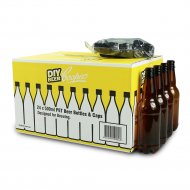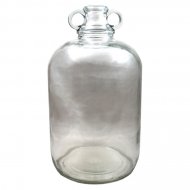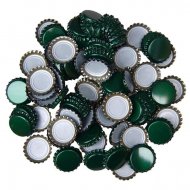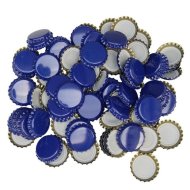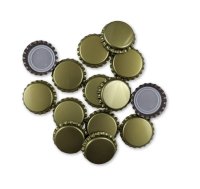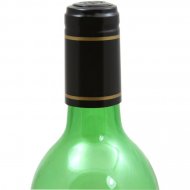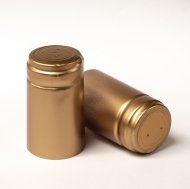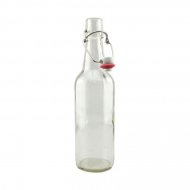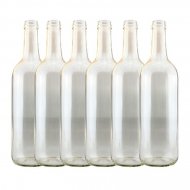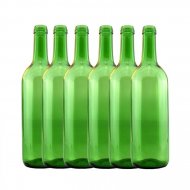Sign up to the Brew Mart newsletter for the latest news, offers & more
Please note that Brew Mart will be closed on Saturday, 5th July, AND Saturday, 12th July. Thank you.
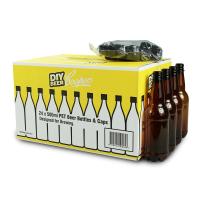
Home Brew Bottles
Home brew bottles come in various sizes and shapes, including 12 oz, 16 oz, and 22 oz, flip-top, swing-top, and screw-top bottles.
It's essential to ensure that your bottles are suitable for carbonation and can withstand carbonation pressure.
In addition to bottles, you'll need bottling equipment to transfer your beer from the fermenter to the bottles. This apparatus includes a bottling bucket with a spigot, a siphon, tubing, a bottle filler, and bottle caps.
Home Brew Bottles
When bottling your homebrew beer, wine, cider, or spirits, making your full bottles look as good as possible is good practice.
An excellent looking bottle will enhance the contents and make you proud of your homebrew as you offer it to your friends and family.
Which bottles are best for homebrew?
Bottles for home brewing come in different shapes, sizes, colours, glass, plastic, glass or Grolsch style of bottle. You can seal them with a crown cap, and you have a choice of different colours, flip top or swing top for beer or corks and heat shrinks for wine.
Beer Bottles
The choice for beer bottles is
- Amber glass or white glass bottles.
- Would you prefer a 500ml or 750ml size bottle?
- You can choose a brown screw top plastic 500ml pet bottle.
Which is better, glass or plastic beer bottle?
Both have their advantages.
- Glass bottles are robust and have a longer life span.
- They look attractive.
- You can choose different styles for different closures, i.e. crown cap or swing top bottles.
- The beer will last longer in a glass bottle.
Pet Bottles
- Plastic pet beer bottles are lightweight, making them easier to carry or transport.
- They don't break as easily as glass.
- Pet Bottles have a screw top, so they don't need to purchase extra equipment such as a crown capper.
- Plastic pet beer bottles are cheaper than glass bottles.
Which colour bottle is best for beer, white or amber?
Most brewers prefer an amber bottle for beer. Amber gives more protection against UV rays. Clear bottles of beer, if left in the sun, quickly turn sour.
What are Grolsch bottles, and are they suitable for beer?
Grolsch bottles are beer bottles with flip top or swing top style fastening.
The flip top/swing top is straightforward when opening; however, they are incredibly secure even when bottling champagne.
They are excellent for using as a beer bottle.
They do not require extra equipment to help fasten them.
They are easy to clean.
You have a choice of two sizes and two colours.
They are suitable for homebrew beer, wine, cider, champagne or spirits.
Can you use old beer bottles for home brewing?
The simple answer is yes.
Always examine them for scratches as scratches can harbour bacteria and make them harder to clean and sterilise.
Avoid screw top bottles as they will be challenging to re-seal. Many big breweries favour these bottles, but they are not easy for a homebrewer to reuse.
How long can you keep beer in a bottle?
You can keep beer quite safely for up to a year in a bottle.
In the early stages after bottling, the beer continues to improve, and then it stays steady for a time. But after twelve months, it can start to deteriorate.
Wine Bottles.
Most bottles are suitable for wine.
You can use any colour, but amber is a good choice for red wine, and clear is suitable for white wine.
Although you can use swing top bottles, nothing looks better than an elegantly shaped wine bottle with a cork that you cover with a beautiful cloured shrink cap and then label. You are sure to impress your friends or family when entertaining and serving your homebrew tipple.
Homebrew wine is very affordable, making it easy to use when cooking. Swing top bottles make sense for such proposes as they are easy to open and re-seal.
Here are the basic steps for bottling your homebrew:
- Clean and sanitize your bottles and bottling equipment thoroughly to prevent contamination.
- Transfer your beer from the fermenter to the bottling bucket using a siphon.
- Add priming sugar to the bottling bucket to carbonate your beer. The amount of priming sugar you need will depend on the style of beer you're brewing and the volume of beer you're bottling.
- Attach a bottle filler to the spigot on the bottling bucket and fill each bottle, leaving a little headspace at the top.
- Cap each bottle with a sanitized bottle cap using a bottle capper.
- Store your bottles at room temperature for a few weeks to allow for carbonation.
- Chill your beer before serving, and enjoy!
Check Out Sterilization and Disinfection
Published March 2023











